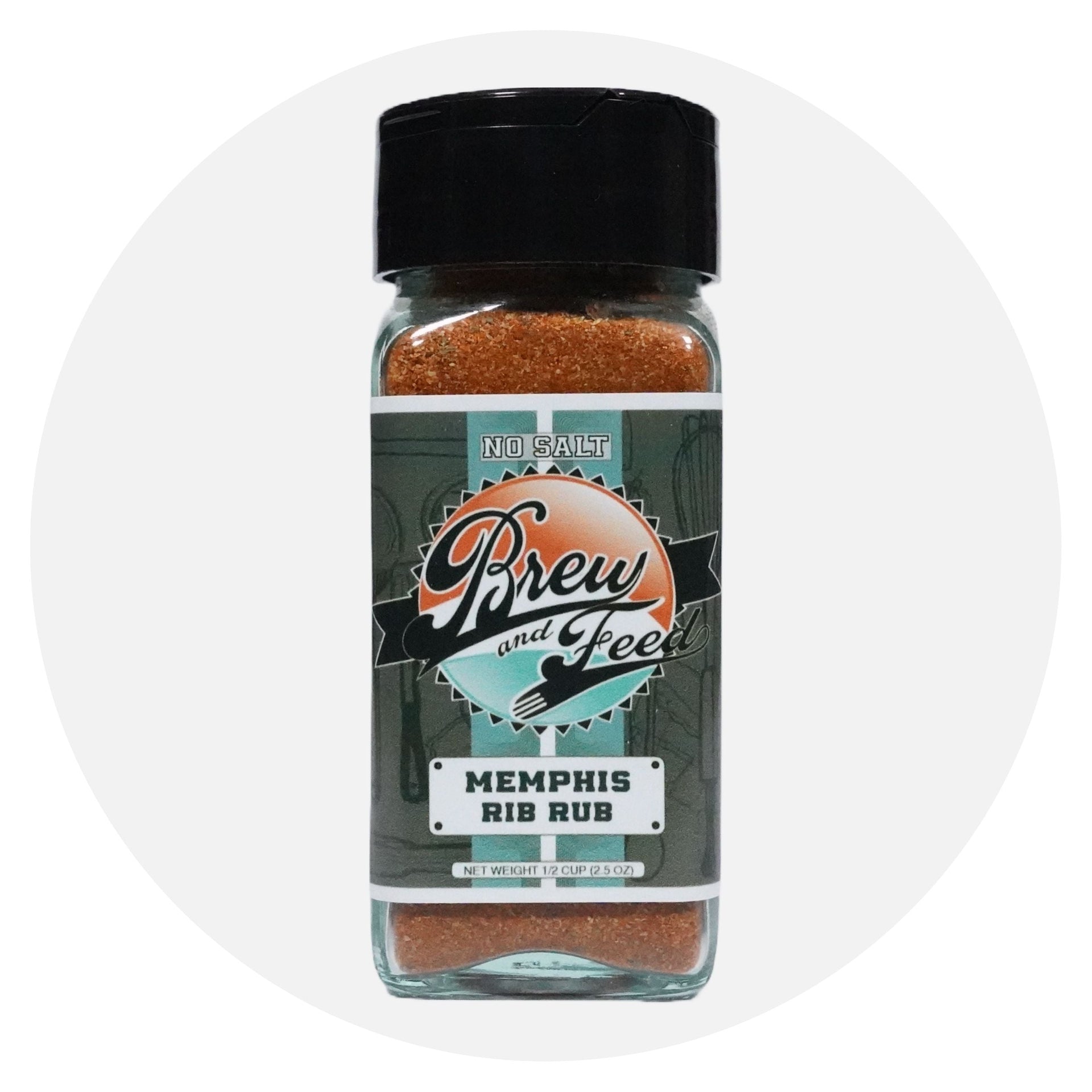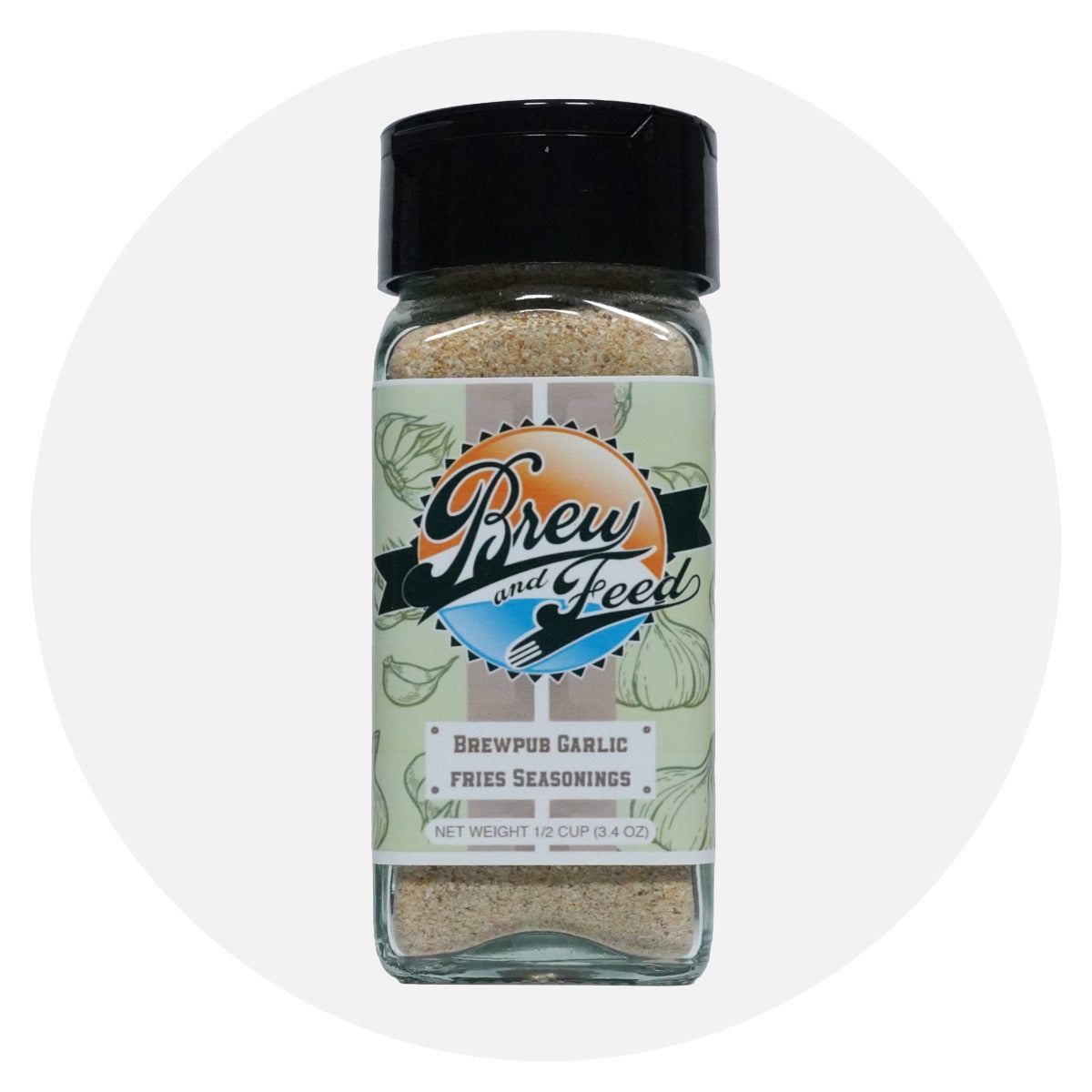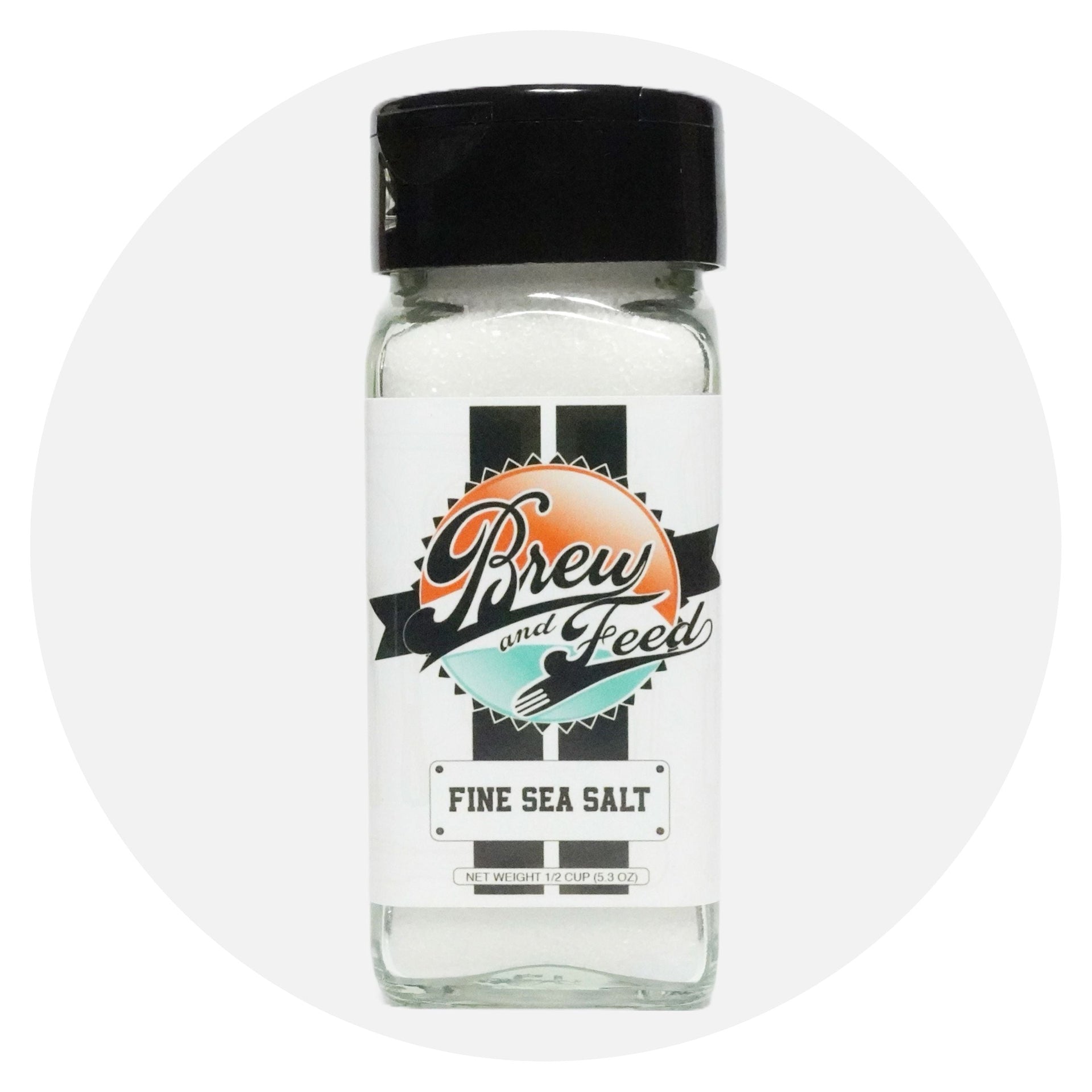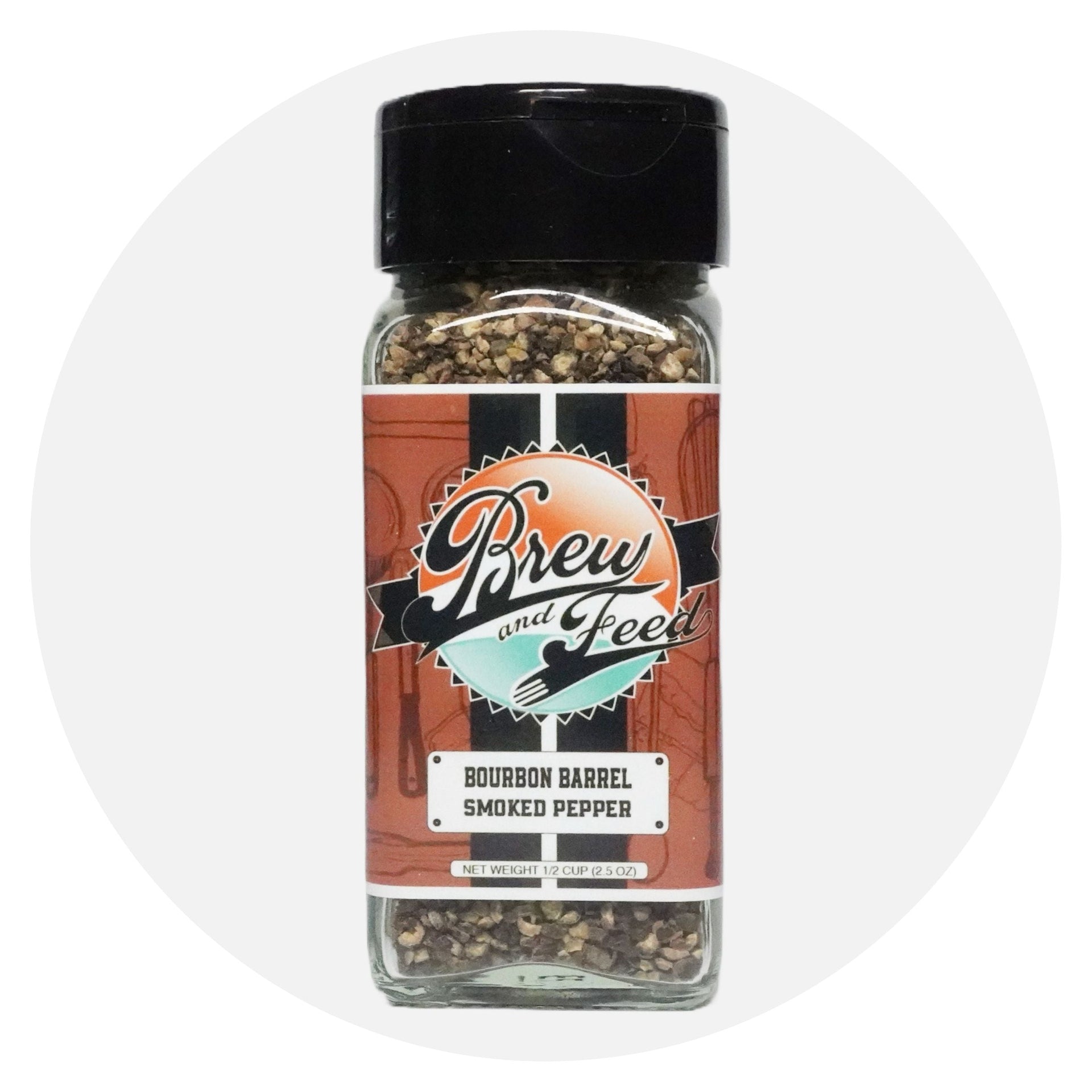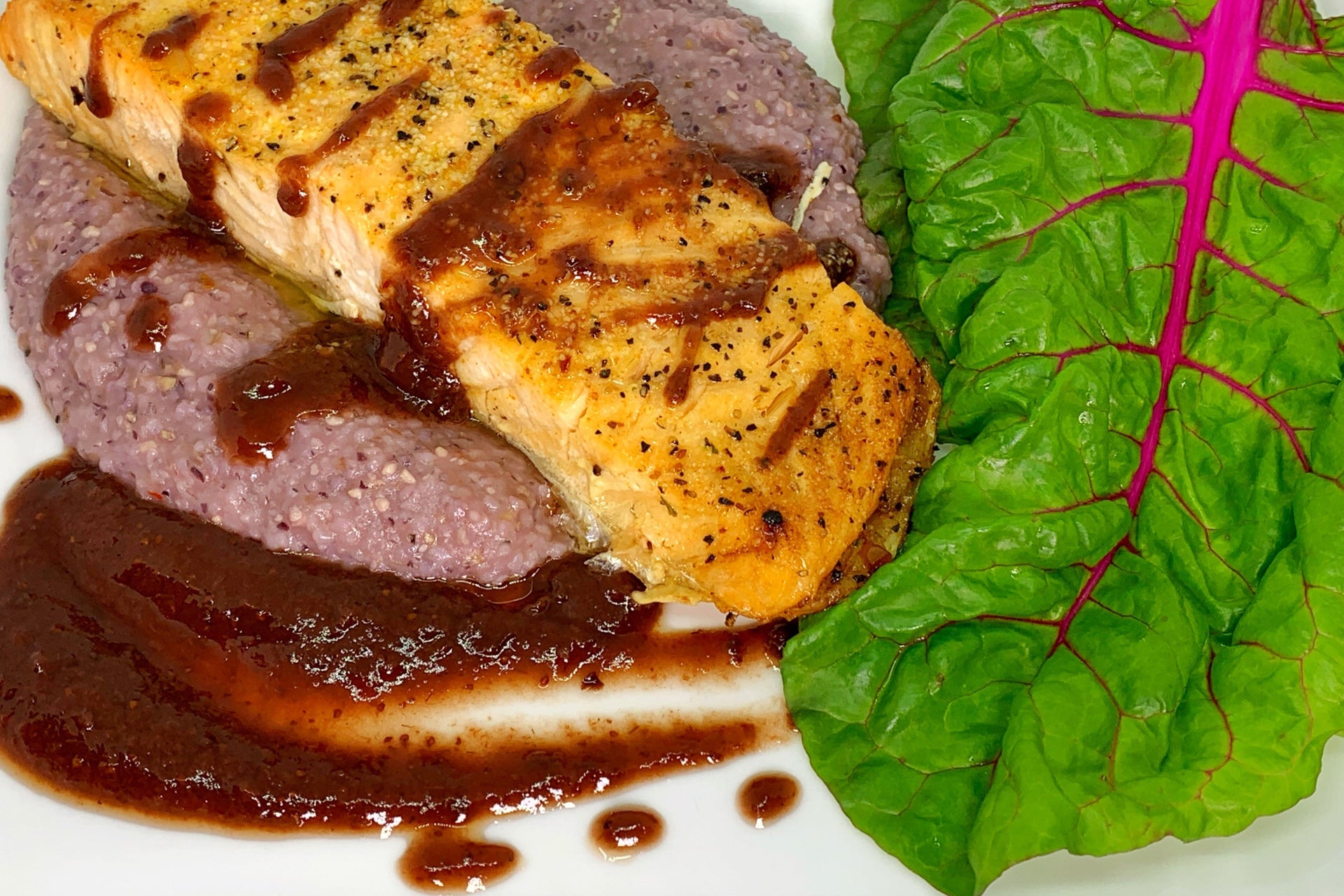
Mastering the Drizzle: The Fundamentals of Sauce Making for Proteins
The secret to transforming a simple piece of meat or fish lies in the sauce you choose to finish it with. A great drizzle sauce doesn't just add moisture; it provides a crucial layer of concentrated flavor, balancing the richness of the protein with contrasting notes. Whether you're aiming for a pan sauce built from savory pan drippings or a bright, fresh emulsion, mastering this culinary art depends on understanding four fundamental elements: Fat, Acid, Aromatic, and Liquid. By learning to harness the power of reduction and emulsification, you can create versatile sauces—from glossy, buttery reductions to vibrant, herb-packed pestos—that will effortlessly elevate any main course.
The fundamentals of making an excellent sauce to drizzle over fish and meats are centered on a combination of four key elements and a mastery of a few essential techniques.
The goal of a great drizzle sauce is to add concentrated flavor, desirable texture, and an appealing visual element to the main protein.
1. The Four Essential Elements of Flavor
Every good sauce balances flavor across this spectrum:
| Element | Purpose | Common Ingredients |
| Fat (Richness) | Adds body, richness, and mouthfeel, and helps bind other ingredients. | Butter, Olive Oil, Heavy Cream, Rendered Pan Drippings (Fond). |
| Acid (Balance/Brightening) | Cuts through the richness of the fat and the meat/fish; makes flavors "pop." | Lemon/Lime Juice, Wine (White/Red), Vinegar (Red Wine, Balsamic, Apple Cider). |
| Aromatic (Depth/Base) | Provides the foundation of savory flavor. | Shallots, Garlic, Herbs (Thyme, Rosemary, Tarragon, Parsley), Spices. |
| Liquid (Volume/Concentration) | Carries and concentrates the flavor; dictates the sauce's final viscosity. | Stock (Chicken, Beef, Fish, Vegetable), Wine, Broth, Water. |
2. Essential Sauce Making Techniques
For thin, drizzling sauces, two techniques are most common: Pan Sauces (Reduction) and Emulsions.
A. The Pan Sauce (Reduction)
This is the fastest, most common method, especially for meat and poultry. It uses the flavorful browned bits left in the pan after searing a protein.
-
Sauté Aromatics: Cook Aromatics (like minced shallots or garlic) in the leftover Fat in the pan until softened.
-
Deglaze with Liquid: Add a splash of Acid (like wine) and/or Liquid (like stock), scraping up the fond (the browned bits) stuck to the bottom of the pan.3 This step dissolves the cooked flavor into the liquid.
-
Reduce and Concentrate: Simmer the liquid until it has reduced by about half.4 This process concentrates the flavor and naturally thickens the sauce.
-
Enrich and Finish: Remove the pan from the heat and swirl in a knob of cold Butter (Monté au Beurre). Whisking in the butter slowly and vigorously creates a slight emulsion, adding a creamy, glossy finish without requiring a separate thickener like flour.
-
Final Seasoning: Taste and adjust with Salt and Pepper, then add fresh Herbs.
B. The Emulsion (For Butter-Based Sauces)
An emulsion is a stable mixture of two things that don't normally mix, like oil/fat and water/liquid. Hollandaise and Béarnaise sauces are classic examples.
-
Reduce the Flavor Base: Reduce an acidic liquid (like white wine and shallots) until concentrated.
-
Add Emulsifier: Introduce a binding agent, often an Egg Yolk or a small amount of Mustard (Dijon is excellent)
-
Slowly Add Fat: Gradually whisk in warm Butter (clarified is best) or Oil in a slow, steady stream. The continuous, vigorous whisking breaks the fat into tiny droplets that are suspended by the emulsifier, creating a thick, smooth, and drizzle-able sauce.
C. Pureed Sauces (Herb or Vegetable)
For bright green sauces like Chimichurri or Pesto, the fundamentals shift to fresh ingredients:
-
Key Ingredients: Fresh Herbs (Parsley, Cilantro, Oregano), Fat (Olive Oil), Acid (Vinegar or Lemon Juice), and Aromatics (Garlic).1
-
Technique: All ingredients are finely chopped or pulsed in a food processor, relying on the solid ingredients (herbs/garlic) and the oil/acid ratio for the right drizzling consistency.
Ultimately, great sauces are defined not by complexity, but by balance. By consistently including a source of fat for richness, an acid for brightness, an aromatic for depth, and a liquid for volume, you establish a foolproof formula. Whether you opt for the quick, savory magic of a pan sauce, which uses heat and reduction to concentrate flavor, or the smooth, stable texture of an emulsion, mastering these core principles is your key to creating professional-quality drizzles that perfectly complement and enhance your fish and meat dishes.

